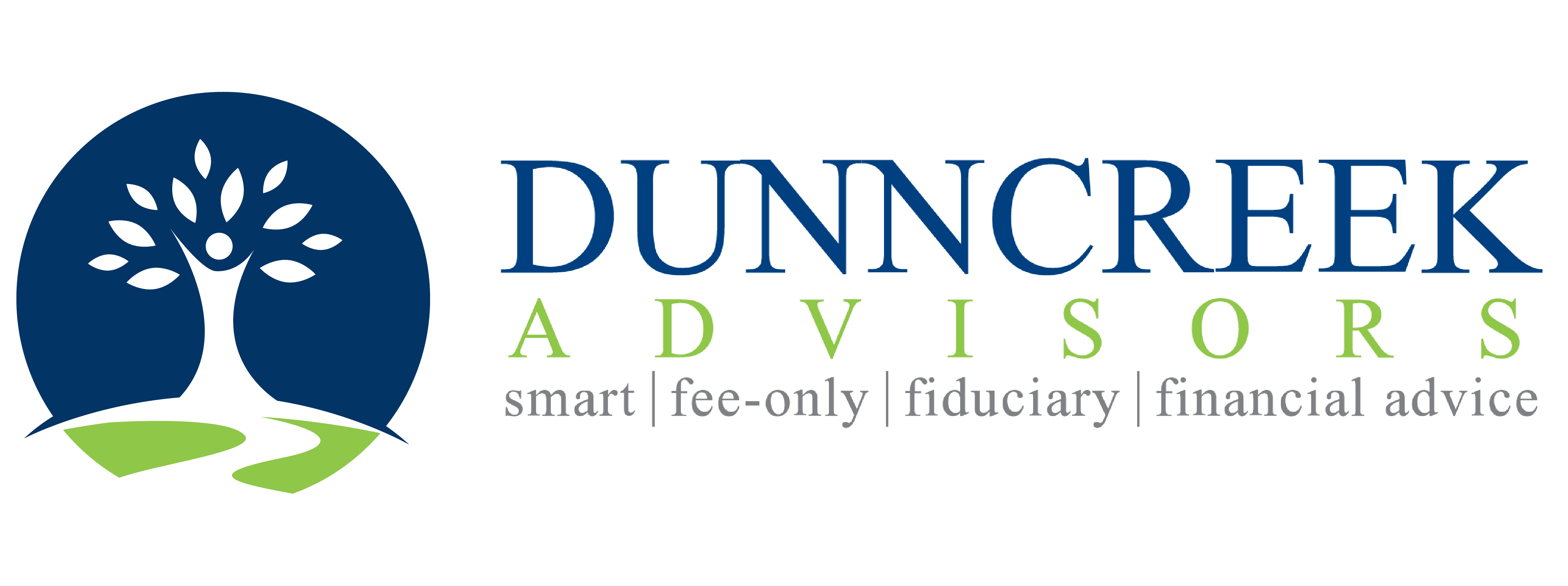As a professional retirement planner, I go through the process of retiring approximately 12 times a year with my clients. I see firsthand the process and hazards that families deal with as they shift from working for a living to living off their retirement. Here is a list of things to avoid as you consider the transition into retirement:
1.Relocating on a whim. If you quit your job and move to the beach you might be surprised what it’s like to live in a beach community in the winter. Or you might be surprised about the cost of living and the property tax in a resort location. I always advise that clients make a list of two to four locations they are considering moving. Then take extended vacations early in retirement – maybe 60 days or more – to check out the location and do some homework. You have no obligation to move any place and you can get a much better feel for what you are considering.
2. Falling for financial scams. It’s increasingly common that seniors are scammed by fraudsters. Always consult with a trusted professional advisor, a responsible child or family friend before you make any big financial changes. The risk is just too high.
3. Planning to work forever. While I love optimism, it’s just not possible for most people to work up until the day they die. Sure, about 53 percent of workers expect to work beyond age 65 to make ends meet, according to the Transamerica Center for Retirement Studies. However, just one in five Americans age 65 and over are actually employed, according to U.S. Department of Labor statistics.
4. Putting off saving for retirement. In America it seems that most people don’t actually start thinking about planning for retirement until they hit age 50. And, by then it’s pretty hard to make up lost ground. Here’s a chart that shows how much you’d need to save each month in order to have $1 million saved by age 70, assuming an average annual return of 7 percent per year:
| Current Age | Monthly Saving |
| 30 | $402 |
| 40 | $851 |
| 45 | $1,270 |
| 50 | $1,960 |
| 55 | $3,197 |
| 60 | $5,815 |
Calculations from Bankrate.com. Note that the S&P 500 index has averaged an annual return of 11.35 percent per year with dividends reinvested for the last 40 years.
5. Claiming Social Security too early. The difference between claiming your Social Security Benefit at the earlies possible age and maxing out your benefit is significant. You will get 76 percent larger benefit if you wait to max out your benefit at age 70. Generally, if you live to age 82, you will receive more total benefits than if you started at age 62. And, if you wait, your spouse will receive a larger survivor’s benefit as well. More details at SSA.gov. I offer a details Social Security benefits analysis for anyone who wants one.
6. Borrowing from your 401(k). It can sound good, but it has many drawbacks. You probably will delay new retirement savings as you pay back the loan. Then, you will miss out on free employer matching money. And, you are paying interest to yourself with after tax money. Then when you take a distribution later, you pay tax on all the money as income again. Often there are better borrowing choices.
7. Decluttering to the extreme. It can be very helpful to clear out some of the junk as you retire but, be careful not to destroy required business records or required tax records. Consult your tax advisor to be sure you don’t need that last file of old documents.
8. Putting your kids first. Remember what the flight attendant says: “Parents put on your oxygen mask before helping your children.” Same for retirement. There is no retirement income loan. And if your retirement savings is ahead of pace, you can always help your kids later.
9. Buying into a time share. It can be tempting to buy into a time share at your favorite vacation spot. But there are often hidden expenses, restrictions and fees. And sometimes, you get bored with the same location all the time. This is another example where trying out living there before you commit make sense.
10. Avoiding the stock market. Historically, no investment has outpaced the rate of inflation better than stocks in U.S. companies. When you are building up money to pay for future living expenses, beating inflation is key. Therefore, stocks are a necessity. Use a prudent mix of stocks and get the advice of a fiduciary financial planner who works on your behalf to be sure you are on the right track.
11. Ignoring long-term care. We all hope to stay healthy for a long time. But the data is clear that most of us will need assistance with health issues as we age. And it’s not cheap. A 2019 Genworth survey found that the national median cost of assisted living is $48,612 a year, and a private room in a nursing home is $102,204 a year. Make a plan for how you will meet your needs and how you will pay for your expenses. Any plan is better than no plan.
12. Neglecting estate planning. Everyone needs basic estate planning documents. It allows you to clarify your wishes and inform those you trust about it. Consult an experienced estate planning attorney to review the details of your situation. The correct basic documents are a real bargain compared to the cost and hassle of not having a plan.
13. Failing to plan your second act. For some, work has provided the structure and the purpose for their life. When they retire, they can be surprised by how challenging it is to shift to a new focus. Give some thought to your next chapter and give yourself some time to test drive a couple options.
14. Allocating assets incorrectly. Be sure as retirement nears you own the right mix of investments for your goals. Don’t over correct. Be sure there is plenty of cash to fund your retirement income needs, but also be sure there are plenty of stocks to grow faster than inflation over the 30-plus years you plan to live in retirement.
I think I have demonstrated that there are plenty of snares and pitfalls on the path to retirement if you’re not properly prepared. I urge you to consult with a professional retirement planner. Even if it’s just a free initial conversation, it can be a great help to clarify your process.
A great place to start looking for the right planner is to talk with a couple CERTIFIED FINANCIAL PLANNER™ professionals.
To find a CFP® professional near you, start your search here.
As you visit with financial planners, I suggest a couple things to check:
- Is the advisor always the client’s advocate – a fiduciary advisor?
- Is the advisor only paid by clients, not any financial product manufacturer or distribution network? That would be a fee-only advisor.
These two points help assure that you are working with a professional who is committed to your best interest at all times. It seems sort of obvious to me that a professional would work in this way, but it’s not automatic.
A fiduciary, fee-only, CFP® professional can help you make great retirement income choices and develop a comprehensive financial plan that is driven by your goals and priorities and addresses all aspects of your financial life. With a big-picture approach, you will be better prepared to understand your options at every step along the way.
Yes, I am a CFP® professional. I’m always a fiduciary and I only work on a fee basis. And yes, I’m still taking on a few great families to be part of my financial planning practice.
If this article has you thinking about your own circumstances, contact my office at rdunn@dunncreekadvisors.com. I am always happy to meet with people who are working on their retirement plans. Dunncreek Advisors does not provide legal or tax advice, nor is this article intended to do so.


 Two reasons to make cash part of your financial portfolio
Two reasons to make cash part of your financial portfolio